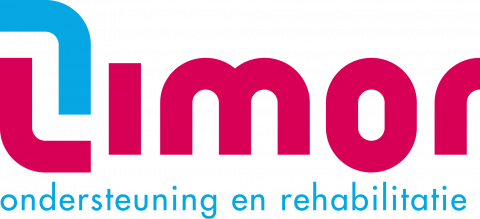
Netherlands
With the help of HVO-Querido, the first Housing First project in the Netherlands got established in Amsterdam in 2006. In 2019 more than 20 projects had been established around the country and continuous efforts are taking place to expand and upscale Housing First more and more.
Housing First was started on a programme level in the Netherlands by HVO-Querido in 2006. Since then, several enthusiastic municipalities, NGOs and housing corporations in the country have started projects and pilot programmes. Today, Housing First is mostly used as an addition to the range of shelter options (often next to the staircase model).
Thanks to the positive approach to implementing Housing First, the Netherlands now has more than 10 years of experience using Housing First as a model.
Nowadays there is a growing awareness that the homelessness sector will not be transformed by organising Housing First as an addition to existing facilities, and a more systemic approach is needed to end homelessness completely. To achieve this, there is a movement towards advocating towards systems change, whereby Housing First principles would become more integrated into the overall national system and form the basis of (government) policy.
Nationally, there is increasing homelessness and an increasing housing shortage. More and more people are becoming homeless, the shelters are at full occupancy, and the relapse into homelessness is high. The government has now released a national strategy to to reduce homelessness, with increasing recognition that Housing First should be the leading approach.
However, a lack of housing and funding still poses a challenge and despite the establishment of Housing First programmes in more than 20 Dutch cities, Housing First still struggles to expand into the mainstream.
Our partners in the Netherlands
-

Housing First Nederland
Housing First Netherlands is a national federation and knowledge platform of Housing First organisations and advocates for Housing First practices, professionals, and Housing First in general. It is planning to expain to other stakeholders in the coming years, making the knowledge platform accessible to all indispensable partners in the roll-out of Housing First and creating a large network of allies. Housing First Netherlands works on the basis of knowledge sharing and building, advocacy and innovation. They contribute to the proper implementation of Housing First programs. They also focus on conducting and/or supporting research by further developing Housing First concepts, with the ambition to scale up Housing First everywhere in the country – where this is necessary – and at the same time guarantee the quality and effectiveness of Housing First. Latest publications: Housing First (Housing First Nederland, 2021)
-

HVO-Querido
In Amsterdam, HVO-Querido-Discus Housing First has taken this approach a step further to create an innovative, adaptive programme that puts clients in complete control of the process, allowing them to make fundamental decisions, including the home’s location and the type of support they receive. Clients also choose their caseworker to create a unique – but voluntary – support programme that evolves with their changing needs. Since April 2006, Discus has successfully housed more than 600 people using this highly tailored approach to social work and since 2017 it became local policy in Amsterdam, having now over 1500 HF clients within HVO-Querido. Discus believes the success of the programme depends on this crucial relationship with the client. Recruitment focuses on finding people with the right personality and behavioural characteristics, rather than technical or academic skill sets. Caseworkers follow a methodology created by Discus Housing First called ‘It-can-also-be-different’. This encourages a more creative approach to social work to achieve small successes.
-

Limor
LIMOR provides housing, support, and a range of services to homeless people and people at risk of becoming homeless across the Netherlands. We are the driving force behind the national Housing First Netherlands platform, together with a few other organisations. At LIMOR, we are convinced that ending homelessness starts with providing housing (and support), and that an “ordinary home” offers the best opportunity for normalisation, recovery and social integration. LIMOR delivers support according to the core principles of Housing First. The support work focuses on three related goals: (1) supplying and maintaining housing; (2) improving health and well-being; (3) promoting social integration. In 2011, LIMOR started Housing First in The Hague, quickly followed by Housing First projects in other parts of the country. Currently, LIMOR offers Housing First in the provinces Zuid-Holland, Friesland, Groningen and Overijssel, as well as a Housing First for Youth service in The Hague since 2018. Collaboration is crucial to really make a change and realise an integrated approach throughout the Netherlands. United, we can give the revolutionary movement of Housing First the impact it deserves.
Trainers
Dieuwertje is currently advisor on policy for social care and homelessness for the municipality of Groningen. Before she was social worker and then a Housing First team manager for 5 years. She first learned about Housing First in 2013 and was drawn to the concept of giving the most difficult and high care need clients a change at housing directly from the streets. The transition from a ‘surviving-mode’ to feeling safe and secure in their new home, I found was a big challenge for most of my clients and something I found very rewarding to be a part of. Now, she’s also providing training for Housing First teams and give Housing First support worker the tools they need to understand and provide high fidelity support for their clients.
